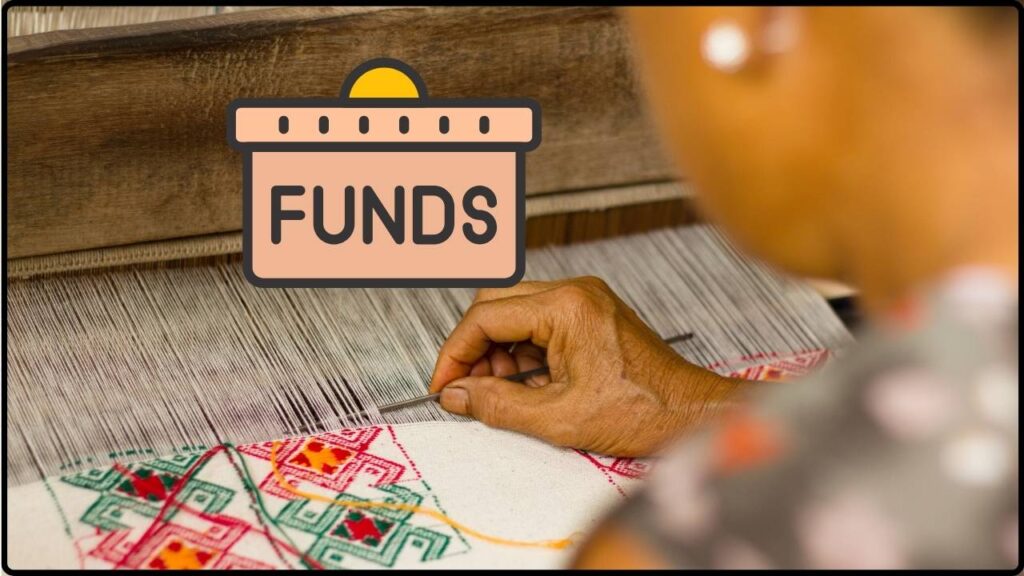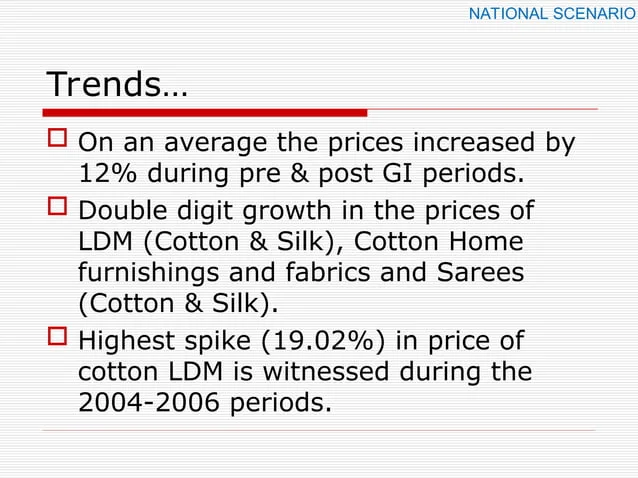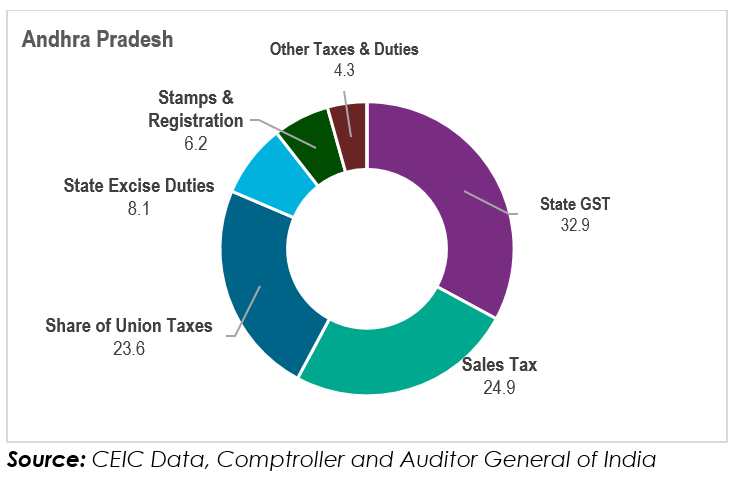
₹5 Crore Thrift Fund to Offset GST for Handlooms: In a bold move to support the handloom sector, the Andhra Pradesh government has rolled out a ₹5 crore Thrift Fund to offset the Goods and Services Tax (GST) burden on handloom products. This initiative, launched on National Handloom Day 2025, marks a significant turning point in the state’s efforts to support weavers and preserve traditional handloom industries. The state’s decision comes at a time when handloom workers have faced rising operational costs due to taxes like GST, which have strained their ability to earn a decent livelihood. By offering direct support through financial aids, such as the ₹5 crore Thrift Fund and GST reimbursement, the government is not only helping weavers financially but also ensuring that traditional textile craftsmanship remains relevant in a modern economy. This article breaks down the significance of this new development, what it means for weavers, and how this initiative will potentially reshape the future of Andhra Pradesh’s handloom industry.
₹5 Crore Thrift Fund to Offset GST for Handlooms
The Andhra Pradesh government’s initiatives, including the ₹5 Crore Thrift Fund and GST reimbursement, are groundbreaking steps towards revitalizing the state’s handloom sector. These measures aim to address critical issues such as financial insecurity, high operational costs, and the preservation of handloom traditions. By ensuring a more sustainable future for handloom workers, the government is not just supporting a craft, but a cultural heritage. With these efforts, weavers will be empowered to continue producing the exquisite handwoven textiles that have been a hallmark of India’s rich cultural history.
| Key Initiative | Description | Impact on Handlooms |
|---|---|---|
| ₹5 Crore Thrift Fund | Fund to offer savings matching 8% of monthly earnings for weavers. | Financial security and savings support for weavers. |
| GST Reimbursement | State will bear the 5% GST on handloom products. | Reduced operational cost, making products more affordable. |
| Free Electricity for Looms | 200 units of free electricity for handlooms, 500 units for power looms. | Reduced energy costs for weavers. |
| ₹25,000 Annual Assistance | Handloom families will receive ₹25,000 annually under “Nethanna Bharosa.” | Direct financial aid to improve the standard of living. |
| Pension Scheme | Senior weavers will receive ₹4,000 monthly as pension. | Improved financial stability for older weavers. |
| Handloom Museum in Amaravati | A museum will be created to honor handloom heritage. | Preserving the rich cultural history of Andhra Pradesh. |
Why Is This ₹5 Crore Thrift Fund So Important?
The ₹5 Crore Thrift Fund has been introduced to directly address the financial challenges faced by handloom weavers. For years, many weavers have struggled to save money or create financial security due to fluctuating incomes and rising costs of materials. With the introduction of this fund, the state government plans to contribute 8% of a weaver’s monthly earnings towards their savings account. This will not only cushion the blow of unexpected expenses but also help create a more secure financial future for weavers and their families.
The state government’s efforts to create a more sustainable income model for these workers shows a strong commitment to preserving this crucial cultural industry. The fund will offer weavers a chance to build financial stability while working in a profession that, despite its beauty and cultural significance, often doesn’t offer the same level of monetary security as other industries.

Breaking Down the Other Initiatives
1. GST Reimbursement: Making Handloom Products More Affordable
One of the significant costs that have affected handloom businesses is the 5% GST on handloom products. This tax has increased the cost of selling traditional handloom items, making them less competitive in the market. The Andhra Pradesh government has decided to cover this cost by reimbursing the GST directly to the Central Government. This means weavers won’t have to bear the cost of the GST, making their products more affordable to consumers and ensuring they receive a fair price for their work.
This initiative is a win-win for both weavers and consumers. Weavers get a boost in income as they won’t lose out on the GST payment, and consumers get to buy traditional handloom products at a more reasonable price.
2. Free Electricity for Looms
One of the challenges handloom workers face is the cost of energy to run their looms. By offering 200 units of free electricity per month for handlooms and 500 units for power looms, the Andhra Pradesh government is helping reduce the operating costs for weavers. This translates into more profits for weavers and less financial pressure to cover basic utility bills.
This move also benefits power loom workers, who often require larger amounts of electricity to run their machines. These utility savings could go a long way in improving the overall financial health of the handloom industry.
3. Nethanna Bharosa Scheme
Another game-changing initiative is the ₹25,000 annual assistance for every handloom family under the Nethanna Bharosa scheme. This will provide direct financial support to the families of handloom workers, which could be used for daily expenses, health care, or education. This measure shows the state’s commitment to supporting not just the weavers but their families as well, ensuring that the handloom profession remains sustainable for future generations.
4. Pension Scheme for Senior Weavers
As part of the same scheme, senior weavers (those over the age of 50) will receive a monthly pension of ₹4,000. This initiative helps to provide financial stability for older workers who may not be able to continue weaving at the same pace or for extended hours. The pension scheme aims to give them a dignified retirement without the worry of financial strain.
5. Handloom Museum in Amaravati
In an effort to preserve the heritage and cultural significance of handlooms, the state has announced plans to establish a Handloom Museum in Amaravati. This will serve as both an educational and historical resource for visitors and a platform to honor the hard work of weavers who have passed down this craft for generations. Additionally, the installation of a statue of Pragada Kotaiah, a prominent figure in the handloom industry, further shows the state’s reverence for this sector’s history.

Weaver Testimonials: The Impact on Real Lives
Imagine a handloom weaver like Ramesh, who has been working in the industry for over 20 years. He has spent most of his life weaving intricate sarees and fabrics. However, the challenges of rising utility bills and low wages have always left him struggling to make ends meet.
But now, with the new Thrift Fund contributing to his savings and the government covering his GST, Ramesh feels more hopeful. “This support means I don’t have to worry as much about saving for the future. I can focus on my craft and give my family a better life,” he says.
This is just one example of how these initiatives are not only changing the financial stability of weavers but also preserving the traditions that have been passed down for generations.
The Global Relevance of ₹5 Crore Thrift Fund to Offset GST for Handlooms
The ₹5 Crore Thrift Fund initiative is a step forward not only for Andhra Pradesh but also for the global handloom industry. Countries like India, Bangladesh, and Nepal have thriving traditional textile sectors that face similar challenges. By showcasing this model of direct government support, Andhra Pradesh is setting a global precedent that could inspire other nations to protect and support their handloom industries.
Furthermore, global fashion brands and eco-conscious consumers have started to turn towards handwoven textiles for their sustainability and unique appeal. Supporting handloom industries isn’t just a cultural imperative; it’s also a market-driven need.
Andhra Pradesh’s GST Comeback Stuns Analysts — What Sparked the Rebound?
Handloom Sector Gets Lifeline as State Govt Promises to Cover GST on Textiles
GST Cracks Down on Fake Firms — 11 Bogus Companies Served Notices Amid Ongoing Probe










